A Brief History of Pet Food: How We Got from Table Scraps to Kibble (and Back to Raw)
Commercial pet food is just over a hundred years old—but how did we go from sharing dinner scraps with our pets to scooping out highly processed kibble? Let’s take a look at the key moments that shaped the modern pet food industry.
1860: The First Commercial Dog Food – Fibrine Dog Cakes
For centuries, pets survived by hunting or munching on leftovers from the family table. That all changed in 1860 when James Spratt, an electrician visiting London to sell lightning rods, spotted dogs hanging around the docks, waiting for sailors to toss out stale ship biscuits. Inspired, he created the Fibrine Dog Cake—a hard biscuit made from meat, vegetables, and beetroot. Spratt marketed it to an upper-class audience and was one of the first to use billboards to sell pet products. His company even pioneered the idea of feeding pets based on life stages. By 1907, competition arrived with the launch of Milk-Bones, marking the beginning of a new wave of pet food innovation.
1918: Canned Dog Food Hits the Market
After World War I, automobiles and tractors replaced horses, leading to a surplus of horse meat. Entrepreneur P.M. Chapel saw an opportunity and created Ken-L-Ration, the first canned dog food in the U.S., using lean, red horse meat. He marketed it as high-quality, government-inspected meat and heavily advertised it—so successfully that Ken-L-Ration even sponsored Disneyland’s pet motel, Ken-L-Land. The brand became known for its catchy jingle, “My dog is bigger than your dog.”
1941: Dry Dog Food is Born
During World War II, metal was reserved for the war effort, and canned pet food took a hit. To adapt, companies started making dry food using cereal by-products that could be packaged in bags. This marked the beginning of shelf-stable dry pet food. The low production cost and high profit margins caught the attention of major corporations. By the 1950s, companies had successfully convinced pet owners that dry kibble was not only convenient but the only food their pets needed.
1956: The First Extruded Kibble
In 1950, General Mills acquired Spratt’s, and six years later, Purina changed the game by introducing the first kibble made through extrusion. Purina, known at the time for livestock feed, brought its expertise in grain-based diets into the pet space. In 1959, they also acquired the American Crab Meat Company (makers of “3 Little Kittens” cat food—ironically crab-free). This product was marketed as “balanced” and boasted more nutrients than milk, signaling a shift toward fortified foods.
Extrusion—the process still used by many companies today—involves mixing wet and dry ingredients, subjecting them to high heat and pressure, and shaping them into the familiar kibble pieces. While extrusion creates a shelf-stable product, it also destroys essential nutrients and moisture that pets need. To make it more appealing, fat coatings like chicken or pork are added after drying.
1968: The Rise of Veterinary Diets
By the late ‘60s, preventable diseases like kidney and liver failure were becoming more common. This opened the door for “veterinary diets.” French vet Jean Cathary developed therapeutic pet food formulas, eventually trademarking the brand Royal Canin. Around the same time in the U.S., Hill’s Science Diet gained popularity by selling prescription diets for various health conditions.
1970s–2000s: The Pet Food Industry Booms
In the following decades, the pet food market experienced explosive growth. Hill’s expanded its line of prescription formulas, and new brands popped up to meet the growing demand. With increased competition came cost-cutting, often at the expense of quality. Meanwhile, the veterinary industry grew alongside big pet food brands. In 1940, the U.S. had just 10 vet schools. Today, there are over 30, several of which receive financial support from large kibble companies.
1998: The First Raw Pet Food Hits the Market
Steve Brown, a pioneer in the raw feeding movement, saw a need for better nutrition. After finding success with dog treats, he used his background in nutrition to develop a complete raw diet based on the BARF (Biologically Appropriate Raw Food) model and European standards. His brand was the first commercially available raw pet food in the U.S. Instead of flashy marketing, Steve focused on educating pet parents and working with holistic vets. Years later, he sold the company, but his incredible impact on the raw food world remains.
2007: The Melamine Scandal and Jerky Tragedy
As more pet food ingredients were being sourced from overseas, quality control slipped, often with deadly consequences. In 2007, melamine contamination in Chinese-sourced wheat and rice led to over 270 documented pet deaths and thousands of illnesses from renal failure. Over 5,300 brands were affected and forced to recall their products. That same year, chicken jerky treats from China were linked to over 1,000 dog deaths. Despite consumer complaints dating back to 2007, the FDA didn’t act until 2012. The fallout from these events led many pet parents to question what was really in their pet’s food.
2011: Food Safety Modernization Act (FSMA)
The FSMA was the first major update to pet food safety laws in 70 years. It gave the FDA the power to enforce recalls and required manufacturers to take preventive steps against contamination. While well-intentioned, the law also had unintended effects—many companies began adding more artificial preservatives and flavor enhancers to prolong shelf life and maintain appearance, ultimately degrading the quality of the food.
Present Day: Steve’s Real Food
Today, Steve’s Real Food continues the mission that started it all—to provide truly nutritious, raw food that helps pets thrive. We’ve built our brand around quality, sustainability, and education—not flashy ads or cutting corners. Our goal is simple: put pets and people before profits and deliver real food that makes a real difference.




